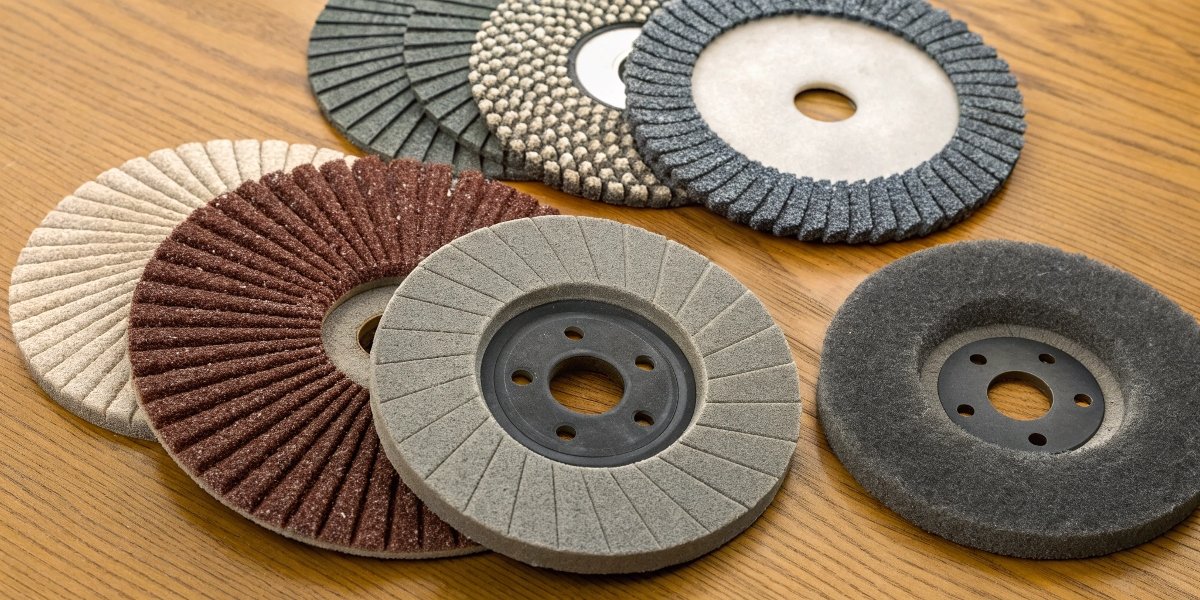
What are the abrasive tools for stone polishing?
Trying to get a mirror finish on stone can be frustrating. Using the wrong abrasive tools will only waste your time, ruin expensive stone, and chew through your profits.
The main abrasive tools for stone polishing are diamond polishing pads, silicon carbide discs, and abrasive cup wheels. These tools are powered by angle grinders or specialized wet stone polishers to achieve a high-gloss finish.
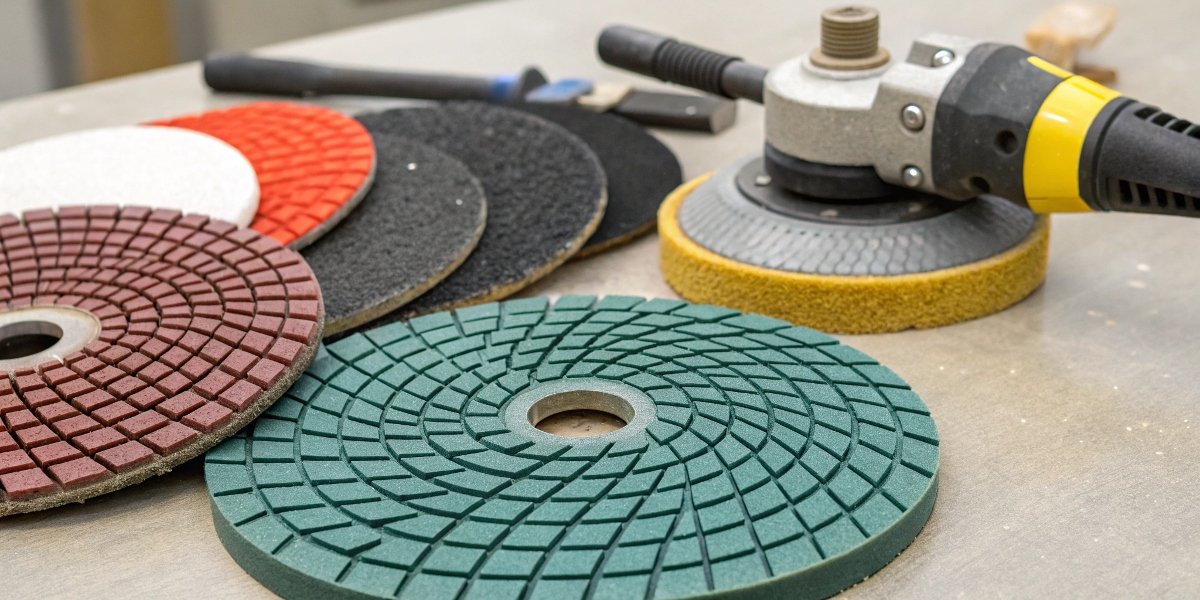
Throughout our years of making abrasive tools, we’ve worked with many stone fabricators around the world. I’ve seen firsthand how choosing the right tool separates a profitable job from a costly failure. The abrasive material1 itself is the most important part of that choice. Stone is a unique material to work with. Unlike steel, it fractures and chips. It requires an abrasive that is hard enough to cut it cleanly without causing excessive damage. This is why material selection is the first and most critical step for any stone polishing work. Getting this right from the start saves a massive amount of time and effort down the line.
What is the best abrasive for stone?
Is your current abrasive choice leading to slow work and poor results? Using a less-than-ideal abrasive on hard stone wears out tools quickly and can even damage the workpiece itself.
For overall performance, diamond is the best abrasive for stone. It cuts the fastest and lasts the longest. Silicon carbide is a very effective and more economical alternative, especially for softer stones or initial grinding.
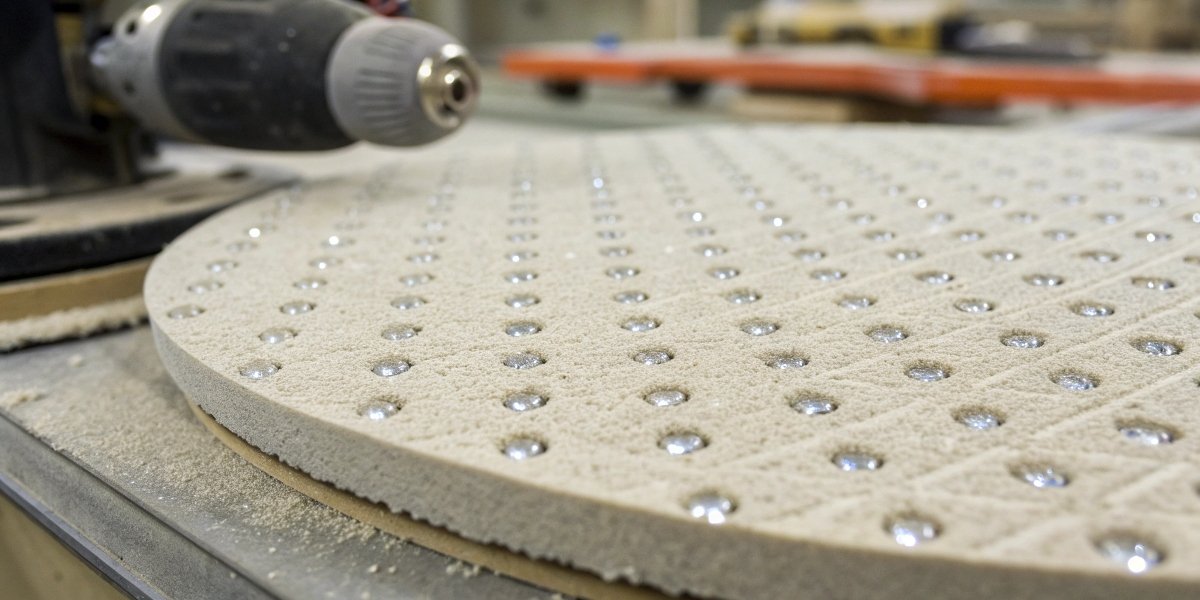
The key reason for this choice comes from basic material science. Stone is a non-ferrous material, meaning it does not contain iron. This fact immediately rules out certain abrasives but makes others the perfect choice. My Insight is that you need an abrasive that is extremely hard. Diamond is the hardest material known, making it the supreme choice for cutting through hard stones2 like granite or quartz with speed and precision. The diamond particles stay sharp and give the tool a very long life. Silicon carbide is another excellent choice. It is also an extremely hard synthetic material, much harder than something like aluminum oxide. It provides a sharp, clean cut and works exceptionally well on softer stones like marble and travertine. It is also a more budget-friendly option than diamond, which makes it a popular choice for many workshops.
Diamond vs. Silicon Carbide for Stone
| Abrasive | Best For | Key Advantage | Price Point |
|---|---|---|---|
| Diamond | Hard stones (granite, quartz), high-volume work | Fastest cut, longest tool life, best overall finish | Higher |
| Silicon Carbide | Softer stones (marble, limestone), general use | Excellent performance, very cost-effective | Lower |
What tool is used for abrasive cutting and polishing?
You have the right abrasive pads, but what machine drives them? Using a tool that is too fast, too slow, or lacks water will ruin the finish and create a hazardous mess.
Abrasive cutting and polishing tools for stone are typically handheld. The most common are variable-speed angle grinders and dedicated wet polishers, which use water to control dust and improve the finish.
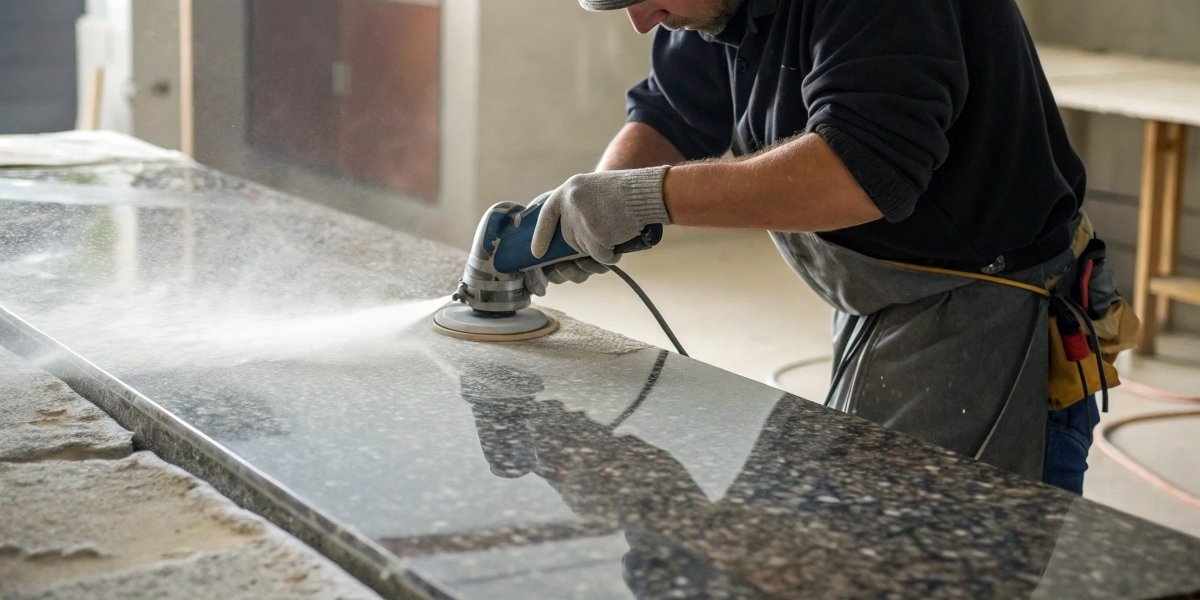
The machine you use is just as important as the abrasive pad attached to it. While a standard angle grinder can be used, especially for cutting with a diamond blade, it’s not the best tool for high-quality polishing. Professionals almost always use a wet polisher. These specialized tools have two key features. First, they have variable speed control. High-grit polishing pads can burn the stone’s surface if the speed is too high. The ability to slow down the rotation is essential for achieving a deep gloss. Second, and most importantly, they feed water through the center of the pad. This water does three things: it completely eliminates dangerous silica dust, it keeps the diamond pads cool so they last longer, and it lubricates the surface, allowing the abrasives to create a much clearer, deeper shine. For large flat areas like floors, heavy-duty walk-behind floor polishing machines are used, but the principle of using water and progressing through grits remains the same.
What are the techniques for polishing stone?
Is your finished stone surface looking dull, hazy, or scratched? This almost always means a step was missed or done incorrectly. The right technique is what turns a rough slab into a mirror.
The primary technique for polishing stone is a multi-step process that moves from a
very coarse abrasive grit to progressively finer grits. Each step removes the scratches from the previous one until the surface is smooth enough to reflect light.
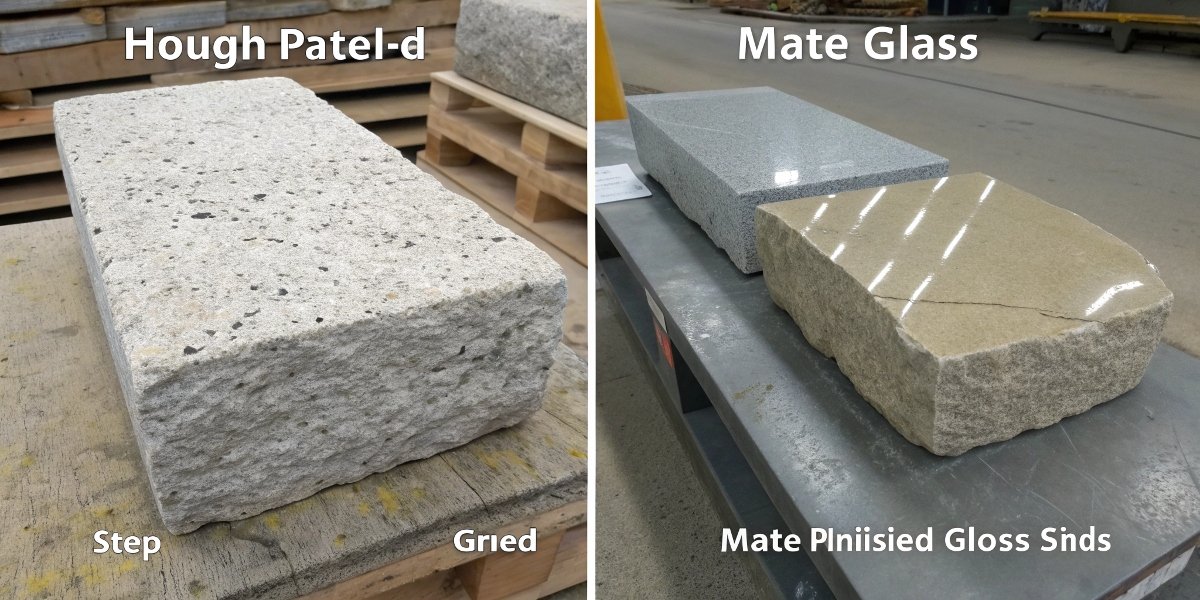
Getting a "wet look" on stone is a systematic process. You cannot jump from a rough surface straight to a polishing pad. You have to patiently work your way up. The process always begins with a low-grit, aggressive abrasive, perhaps a 50 or 100 grit diamond pad. The goal of this first step is to create a perfectly flat, uniform surface and remove any deep scratches or saw marks. From there, you begin to climb the ladder of grits. You would move to a 200 grit, then a 400 grit, and then an 800 grit. This stage, called honing, removes the scratches from the grinding stage and creates a smooth, matte finish with very little shine. The final polishing stage involves the highest grits, such as 1500 and 3000. These extremely fine abrasives are what smooth the surface to a microscopic level, creating the light reflection that our eyes see as a deep gloss. Skipping a grit is the most common mistake; it will always leave a hazy finish.
What is an abrasive used to polish other rocks made from?
Do you wonder where these powerful abrasives come from? The materials are not just dug out of the ground. They are highly engineered products made for specific tasks like polishing hard rock.
Abrasives used to polish stone are made from synthetically produced superhard materials. The two most important materials are industrial diamond and silicon carbide, both created in high-temperature furnaces for purity and consistency.
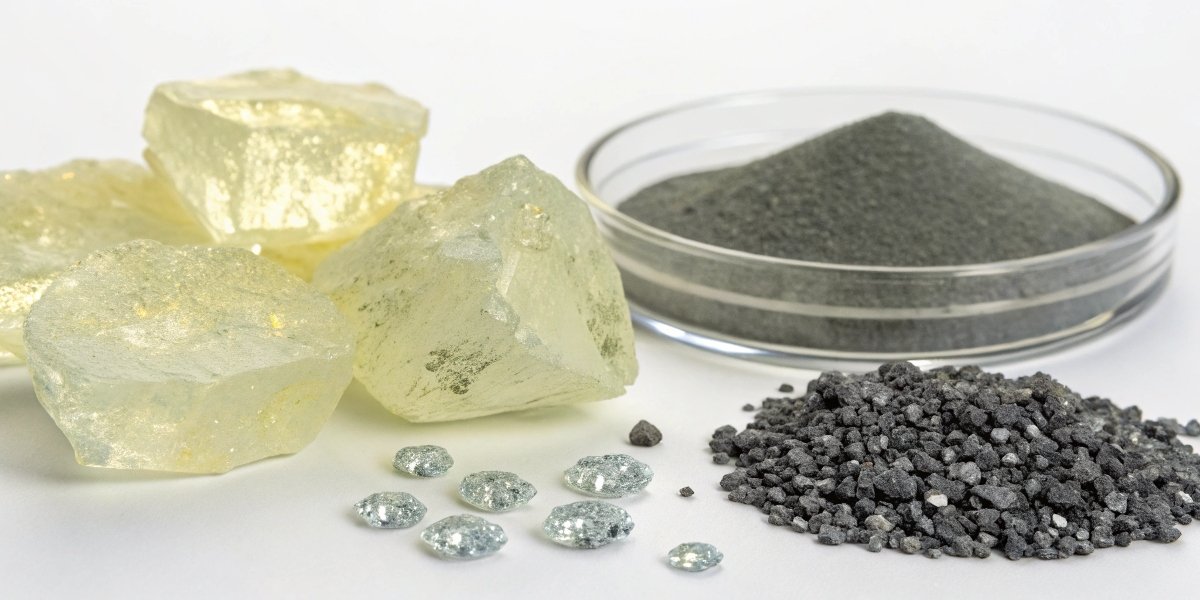
The abrasives we use today are products of incredible technology. Silicon carbide, for example, is made by combining silica sand and carbon in a furnace heated to over 2,500°C. The result is a crystalline material that is extremely hard and has very sharp edges, perfect for grinding stone. The industrial diamond3s we use in our tools are also synthetic. They are created under conditions of extreme heat and pressure that mimic the forces deep inside the Earth. Producing them synthetically gives us complete control over their size, shape, and quality. This is something I have a lot of pride in. Our factory is located in Henan province, which is the source of over 80% of China’s diamond production. This direct access to high-quality raw material is a major reason why our Reliable (RL) brand diamond tools4 provide such incredible performance for our customers. We can select the perfect type of diamond for the job, whether it’s cutting hard granite or polishing delicate marble.
Conclusion
To polish stone like a professional, you need the right tools. Use diamond or silicon carbide abrasives and follow a careful step-by-step grit progression. This technique is the only way to achieve that beautiful mirror finish.
-
Explore why selecting the right abrasive material is crucial for successful stone polishing. ↩
-
Learn about the best abrasives for hard stones to ensure a high-quality finish. ↩
-
Discover the role of industrial diamonds in stone polishing and their unmatched performance. ↩
-
Find out which diamond tools are essential for achieving professional results in stone polishing. ↩
Written by
leeon
You may also be interested in:
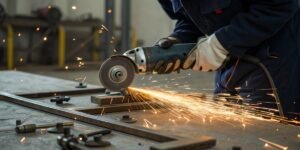
How do you cut bolts with an angle grinder?
Struggling to make a clean cut on a stubborn bolt? Using an angle grinder can feel intimidating, but it is a fast and effective method
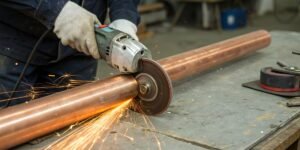
Can I use an angle grinder to cut a copper pipe?
Struggling with a quick copper pipe cut? Worried about damaging the material? An angle grinder is a fast solution, but using it wrong can be
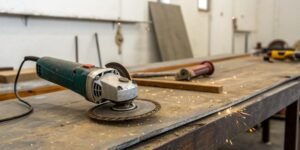
Can an angle grinder cut meat and bones?
Struggling to cut tough bones? Thinking of grabbing your angle grinder for a quick solution? This powerful tool seems like an easy answer, but it’s
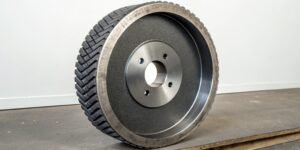
What's the application of CBN Wheels?
Struggling with grinding hard steels? Frequent wheel changes and poor finishes can hurt your bottom line. We have found that CBN wheels provide the durability
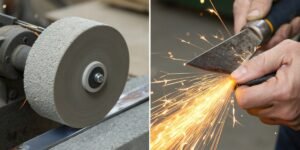
What is the difference between grinding and honing a blade?
A dull blade is a frustrating problem. It slows down production and ruins your workpiece. Using the wrong technique to fix it can cause permanent
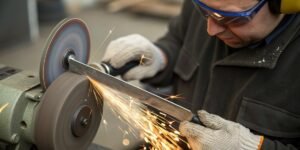
How to sharpen a knife on a bench grinder?
Is your dull knife slowing you down? A bench grinder seems like a quick fix, but you’re worried about ruining the blade. You need a
